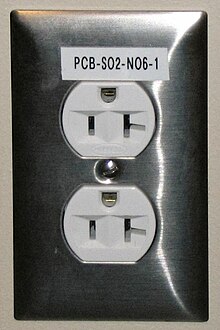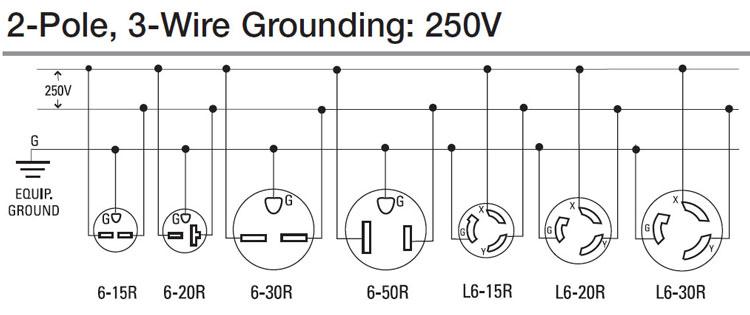
























Brett Hammond wrote:Ok, I know this is an old question, but just in case someone else is interested, the problem with DC is that you can't run lots of power(watts) any significant distance with DC unless you use huge (I.e. expensive) cables. It is not problem for a 20 ft boat or travel trailer, but if you want to run a toaster or iron off DC in a house where the appliance is 75 feet from the batteries, you are going to pay several dollars per foot of cable to get it there without significant loss. Not only is AC cable much less expensive, but AC appliances are much less expensive too. Spend a few hundred bucks for a cheap inverter. They will run most anything. I have one in my truck I bought from Walmart for $50 and it runs everything I have tried so far. Or take that $2k you were going to spend on DC cables and buy a nice sinewave inverter.
























Permaculture, Tiny House Living, Homesteading
http://www.canadianrenegade.com
 2
2






My opinions are barely worth the paper they are written on here, but hopefully they can spark some new ideas, or at least a different train of thought
 1
1








Peter VanDerWal wrote:In the USA, the National Electrical Code includes sections describing the requirements for DC wiring. The main issue is that switches, fuses and breakers have to be rated for DC for the reasons described above. And (the tough part) everything has to be CERTIFIED for DC by a nationally recognized testing lab (Like UL, CSA, etc.). This means you can't (legally) use cigarette lighter outlets, or automotive switches for DC in your house. Rules that apply for RVs don't apply for permanent housing.
The good news is that Square-D QO and QOB circuit breakers are all rated for at least 48VDC, these are much cheaper than buying special DC rated circuit breakers. If you dig around a bit you can find DC rated light switces, that look just like regular light switches (but they tend to be more expensive).
You can use standard AC outlets for DC, however they must be a different style from any AC outlets in the structure.
I.e if you use normal 120V outlets like these:

Then you could use something like one of these style for the DC circuits:
As long as you aren't using the same style for any 240V AC outlets.
The point is to use different style outlets for different voltage and AC vs DC, so that you can't accidentally plug a DC appliance into an AC outlet, or a 12VDC appliance into a 48VDC outlet, etc.

|
no wonder he is so sad, he hasn't seen this tiny ad:
Rocket Mass Heater Resources Wiki
https://permies.com/w/rmh-resources
|




